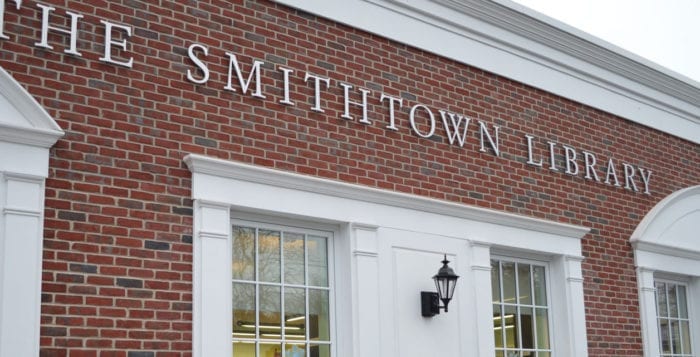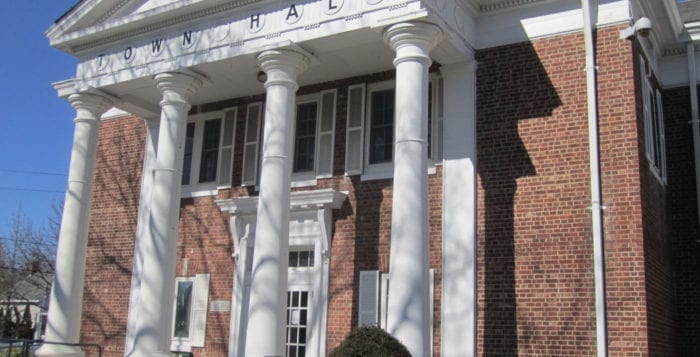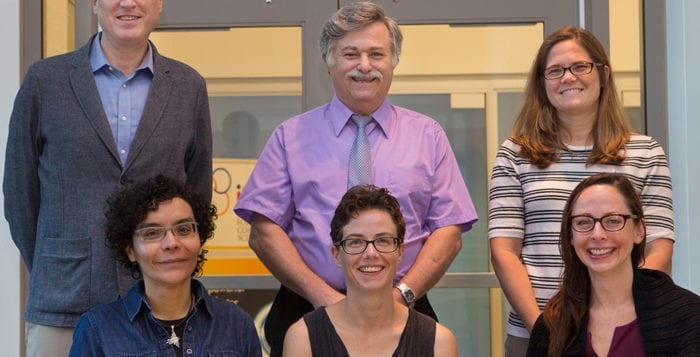By Daniel Dunaief
If Stony Brook University has its way, the university will stand out not only for the quality of the research its graduate students produce but also for the way those budding scientists present, explain and interpret their results to the public and to policy makers.
Pulling together faculty from numerous departments across the campus, Robert Harrison, the director of the Institute for Advanced Computational Science, created a program that will teach graduate students how to use big data sets to inform difficult decisions.
The institute recently received a $3 million grant from the National Science Foundation Research Traineeship for this effort, called Science Training & Research to Inform DEcisions, or STRIDE. The grant will be used for students in the departments of Applied Mathematics and Statistics, Biomedical Informatics, Computer Science, Ecology and Evolution and the schools of Journalism and Marine and Atmospheric Sciences.
“This is unique,” said Arie Kaufman, a distinguished professor and chair of the Department Computer Science at Stony Brook. “It’s a new kind of approach to training and adding value to Ph.D. students.” Indeed, the students who complete the STRIDE training will earn their doctorates and will also receive a certificate for their participation in this program. Students in the participating departments will need to apply for one of the 10 positions available in the program next year. The partners involved in this program expect it to expand to 30 students within five years.
Kaufman said what enabled this collaboration was the range of skill sets across Stony Brook, including the Alan Alda Center for Communicating Science, which is a growing program that already offers the type of training more typical for an actor studying improvisation techniques than for a scientist studying neurotransmitters or DNA.
The Alda Center is “creating a new course,” said Christine O’Connell, an associate director at the center and assistant professor in the School of Journalism. She is currently working on developing the course description, which will include communicating to decision makers. O’Connell, who has a doctorate in marine and atmospheric sciences, sees her work with the Alda Center and with STRIDE as the “perfect combination in bringing the decision making piece to work with scientists to help them talk about their research.”
Scientists who take courses at the Alda Center with STRIDE learn how to understand their audience through various role-playing scenarios. They will also develop their abilities to present their goals or messages in a visual way and not just talk about their work.
Heather Lynch, an associate professor in the Department of Ecology and Evolution who is also a co-principal investigator on the STRIDE grant, will help design the program, mentor students and develop courses. She’s been involved with this proposal since its inception, over three years ago. “In many ways,” she explained in an email, “my interest stems from my own difficulties communicating effectively with policy makers, and finding tools and visualizations that are compelling to a non-scientist.” Lynch recounted her frustration with presenting science to help a policy making body, such as a committee, with the kind of analysis she believed they were seeking. After she did her best to answer the question, the committee sometimes dismissed her work as not being what they wanted. “That’s frustrating because that means I failed at the outset to define the science question and that’s what I hope we can teach students to do better,” Lynch explained.
Lynch said she wishes she had the training these students will be getting. For scientists, computers are an invaluable tool that can help delve into greater breadth and depth in analyzing, interpreting and collecting information. The STRIDE effort includes a greater awareness of the way computers can inform political or social science. Researchers generate “tremendous amounts of data that can be used to analyze trends or detect diseases,” Kaufman said. “The data science is tremendous in every discipline.”
The faculty who are a part of this program said they have already benefited from the interactions they’ve had with each other as they’ve developed the curriculum. “I know a few people in Ecology and Evolution and I know more people in Marine Sciences, but these particular individuals were new to me,” said Kaufman. “We have already been communicating about ideas for how to use the Reality Deck for other projects.”
Completed in late 2012, the Reality Deck is a $2 million rectangular room in the Center of Excellence in Information Technology building. The room has hundreds of monitors that cover the wall from floor to ceiling and provides a way for researchers to study images in exquisite detail.
Other scientists in the program include Liliano Dávalos, an associate professor in the Department of Ecology and Evolution, Janet Nye, an assistant professor in the School of Marine and Atmospheric Sciences, Joel Saltz, the founding chair of the Depatment of Biomedical Informatics, Erez Zadok, a professor in the Department of Computer Science and Mighua Zhang, a professor in the School of Marine and Atmospheric Sciences.
Lynch said the program will bring in people who are working on real-world problems, including those in government, industry and nongovernmental organizations who are “in a position to take science and use it for practical purposes.” As a part of the program, the scientists will monitor the progress of the STRIDE candidates, O’Connell said.
The evaluations will check to see if “they become better communicators and better at interpreting their data for different audiences,” O’Connell said. “The evaluation piece built in will help us assess the program.”
















